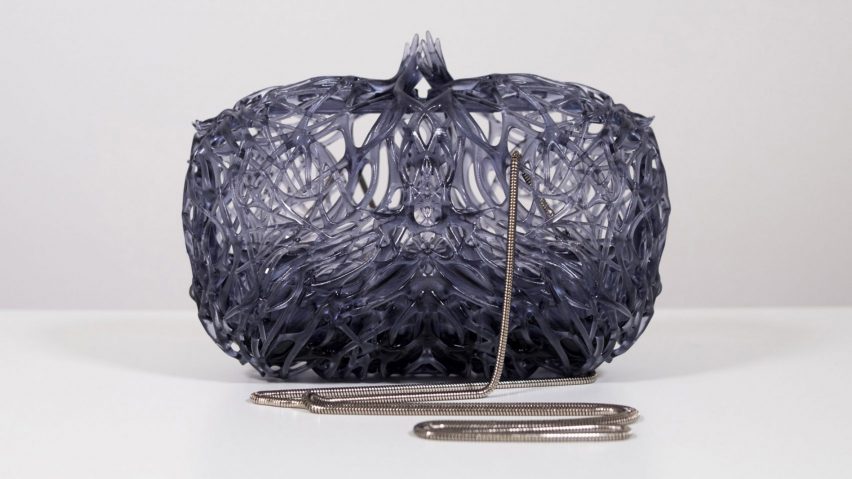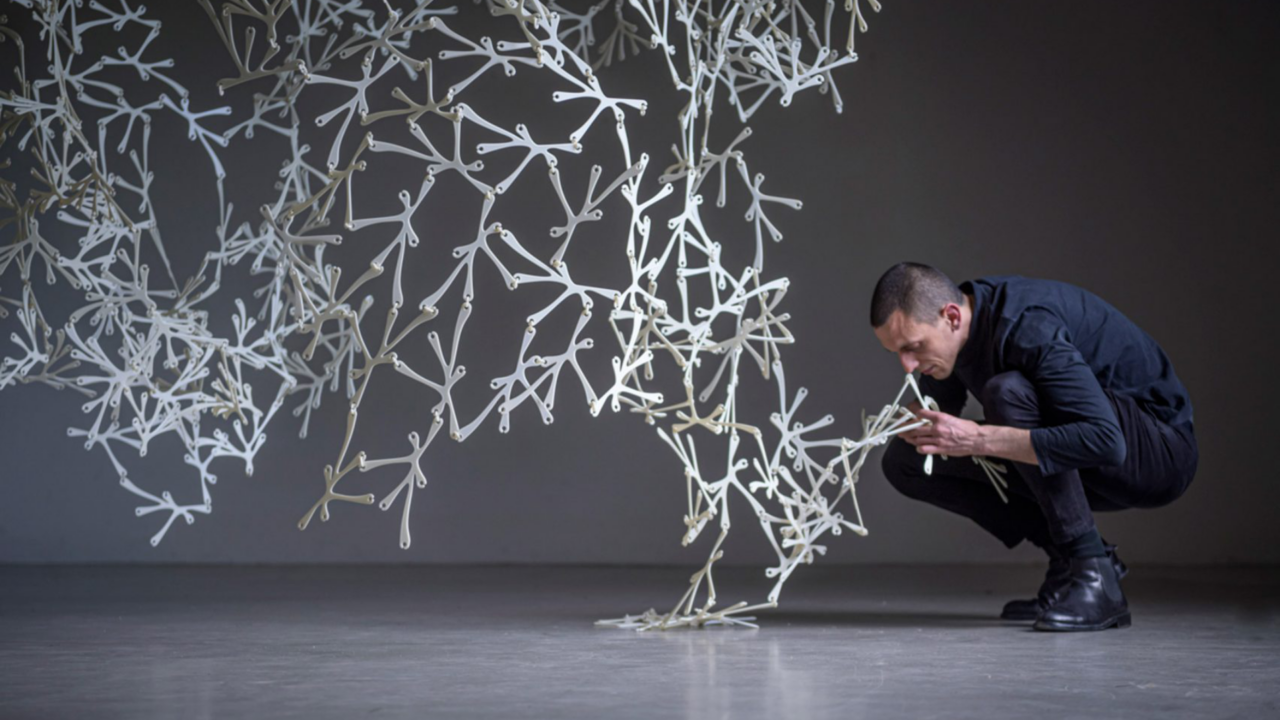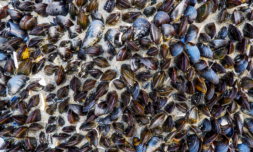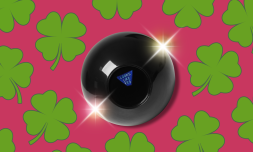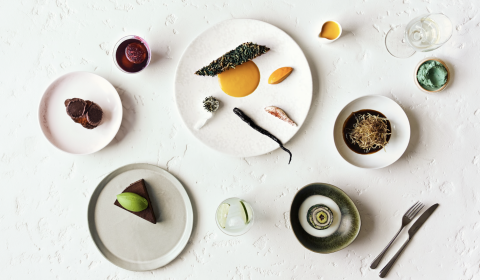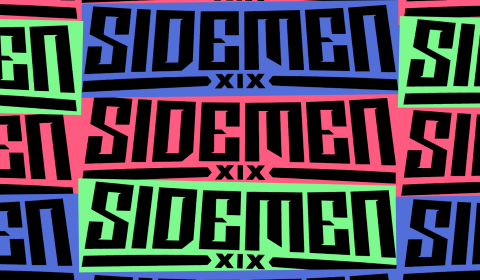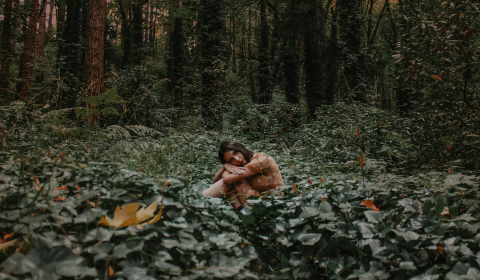3D printed future of fashion
At Thred, we’ve often featured designs by Stella McCartney, who has made it her mission to create sustainable fashion items that don’t compromise on quality or style.
Australian designer Julia Koerner started working towards a similar goal, creating a 3D-printed Kelp Mini Clutch purse made out of bioplastic and inspired by the flowing leaves of kelp gardens.
The mechanisms of 3D printers – especially when programmed to create as little waste as possible – allows for unique and intricate designs and patterns to emerge.
These can be seen in the empty spaces of the bag, which were intentionally included to make the bag light to carry. The Kelp Mini Clutch comes in three colours, but since it is 3D printed the possibilities are endless.
Julia Koerner hopes to continue making more fashion pieces that are inspired by and kind to our planet. She looks to patterns found in nature for inspiration – such as the textures on the underside of mushrooms, the geometric patterns of corn, soybeans plants, and more.
By utilising 3D printing technology, fashion items can be increasingly sustainable as well as personalised. Using plant-based polymers, it is a process that allows designers to create new items frequently without creating huge amounts of waste.
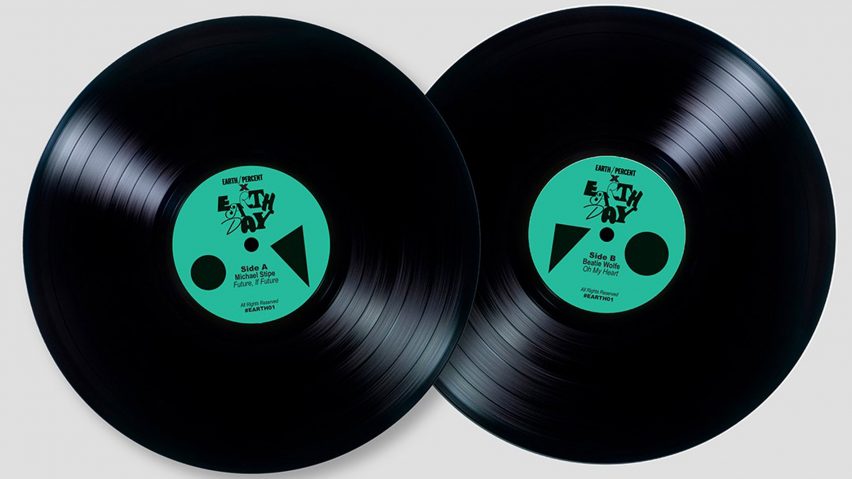
Responding to the resurgence of vinyl
Despite how easy it is to listen to music digitally thanks to the emergence of various music streaming platforms, the sale of vinyl records has surged for the first time since the 1980s.
Many lovers of music are looking to record players and vinyl to truly slow down, digitally disconnect, and enjoy their favourite artists’ body of work in one consecutive stint.
This is cool for music culture, but bad for the planet because producing vinyl records isn’t exactly the most eco-friendly process. It requires the use of carbon-intensive PVC and the addition of numerous toxic chemicals.
Now, the sustainability collective Evolution Music has become the world’s first company to make 12-inch vinyl records completely out of bioplastic commercially available.
Getting to this point was a 4-year-long journey, where multiple base polymers were tested to find one that reacted similarly to traditional PVC – sans the harmful chemicals, of course.
They also included bio-organic fillers and ‘bio masterbatches’ to get the formulas just right. The best part? The bioplastic material can be used on already existing record-pressing machines, using the exact same production processes.
Without being told, it’s unlikely you’d realise Evolution Music’s vinyl was any different to traditional vintage records. EM has already sold 500 copies of bioplastic records.
With young people enjoying collecting records and the hype driving their resurgence unlikely to go away, let’s hope we see more companies adopting the use of this bioplastic.
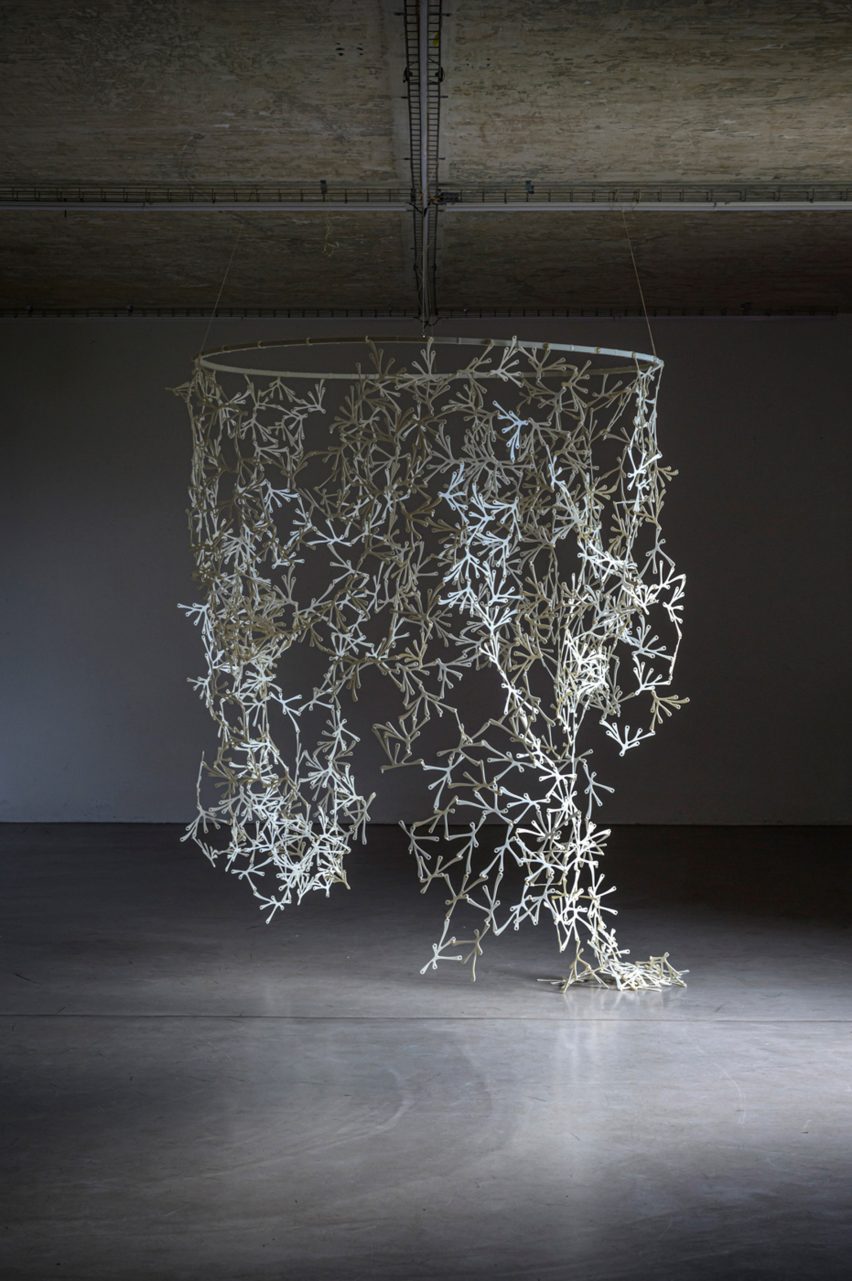
Bioplastic interior design
Crafting Plastics, a Berlin and Bratislava-based workshop, has developed a scent-infused room divider, made entirely from 3D printed bioplastic.
The name for this piece of furniture BreaZea. It’s a gorgeous, coral and constellation-looking piece that can be used to separate office or living spaces.
The bioplastic is made from PLS and PHA biopolymers. During its production natural scents were infused into the material, which otherwise would be completely odourless.
The designers wanted to push the perceptive boundaries of bioplastics, which until now, was limited to their visuality. By infusing the plastic with natural scents, people become aware of how the structures are kind to the environment.
The scent, which is ‘maize-y, caramel-y, and sugary’ will hint to those who see and smell the room divider that it was made out of eco-friendly, natural materials. Other scents like fresh wood are options for future designs.
It will be exciting to see how designers push the boundaries and capabilities of bioplastics in the years to come. Who knows what could be made from them next!
